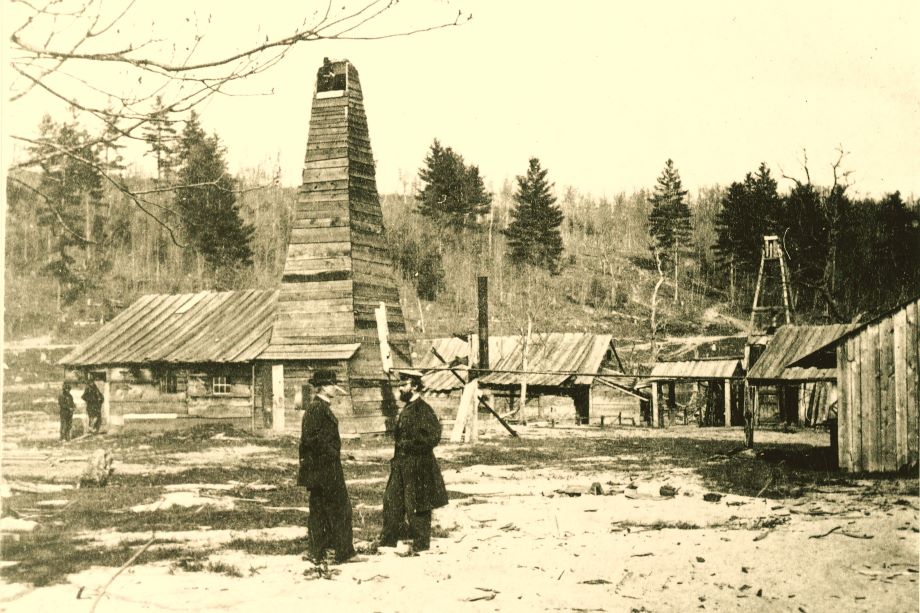President Guerrero Discusses the Need to Inspire Young Engineers During the President’s Luncheon
President Guerrero Discusses the Need to Inspire Young Engineers During the President’s Luncheon

In his impassioned speech during the President’s Luncheon in Houston, ASME President Julio C. Guerrero, Ph.D., emphasized the importance of inspiring young people to become engineers — and members of ASME. During the luncheon at the ASME International Mechanical Engineering Congress and Exposition, Dr. Guerrero stressed the significant role that today’s engineers play in ensuring the future of the engineering profession.
“It’s urgent,” said Guerrero, using a word that that would recur several time during his speech. “We need to inspire students and young engineers to share our love and passion for engineering and life. We are right now shaping the future of our society and our planet. What we do today affects our children, grandchildren, the next generations and our planet.”

Guerrero went on to ask the members of the audience to imagine a scenario where an engineering student sees an ASME booth at a conference or student section event and begins to contemplate whether to join ASME. “He or she will face this fundamental question that all of us have faced at least once in our lives, which is: ‘Why? Why should I join ASME?’ … How we help them answer the question is very important,” he said.
“The engineers that will come after us will face a profession that will be very multi-disciplinary,” Guerrero continued. “Mechanical engineers are not anymore just pressure vessels, engines, and nuts and bolts. As you know, ASME has 32 technical divisions and two institutes. And the technologies that we deal with run through robotics, nanotechnology, fluid mechanics … all of that. We at ASME have tools that can help us to help the students and the young engineers to handle the challenges they will face in their careers.”

During his presentation, Guerrero noted that his desire to become an engineer was a result of the various trips his father would take him on as a child in Peru, which included visits to the hydroelectric plants in the Andes Mountains and the largest shipyard in Lima. Another event that inspired him, he said, was watching Neil Armstrong’s moon landing in 1969, when he was just 6 years old.
“There was something that (struck me) when I was little, seeing those engineers working,” he said. “It always looked to me like the engineers were playing. And as I was growing, I noticed that actually innovation comes when engineers are in the state of mind of playing. Playing is what makes or helps us to be creative.”
Continuing with the theme of inspiring the next generation of engineers, Guerrero turned his focus toward what ASME was doing to inspire students and early career engineers. Some of the many activities ASME offers include the Society’s codes and standards and professional development programs, a wide variety of engaging conferences such as the recent Additive Manufacturing + 3D Printing (AM3D) Conferences in India and Boston, and the Engineering for Change (E4C) program and ASME’s Engineering for Global Development initiatives, which aim to help inhabitants in the world’s underdeveloped regions.

“The planet depends on what we as engineers do,” Guerrero said as he concluded his speech. “The stakes are very high. It is urgent. We need to inspire students and young engineers to share our love for engineering and life. We need to take our role as members, volunteers, leaders of our organization very thoroughly. And we need to work together.”
Prior to Guerrero’s speech, Judy Vance, chair of the ASME Committee on Honors, presented Society awards to 14 engineering leaders during the luncheon, including David T. Blackstock, recipient of the Per Bruel Gold Medal for Noise Control and Acoustics; Andy Walker, winner of the Thomas A. Edison Patent Award; George W. Sutton, recipient of the Nancy Deloye Fitzroy and Roland V. Fitzroy Medal; Thomas D. Gillespie, recipient of the Soichiro Honda Medal; and Parnia Mohammadi, Liping Liu and Pradeep Sharma, the winners of the Melville Medal.
The other honorees receiving awards at the luncheon were Thomas C. Heil, winner of the Performance Test Codes Medal; Ahmed F. Ghoniem, recipient of the James Harry Potter Gold Medal; Kaufui V. Wong, winner of the Dixy Lee Ray Award; Dewey H. Hodges, recipient of the Spirit of St. Louis Medal; Peter A. Molvie, recipient of the J. Hall Taylor Medal; John H. Lau, winner of the Worcester Reed Warner Medal; and Jinkook Lee, winner of the Henry R. Worthington Medal.




